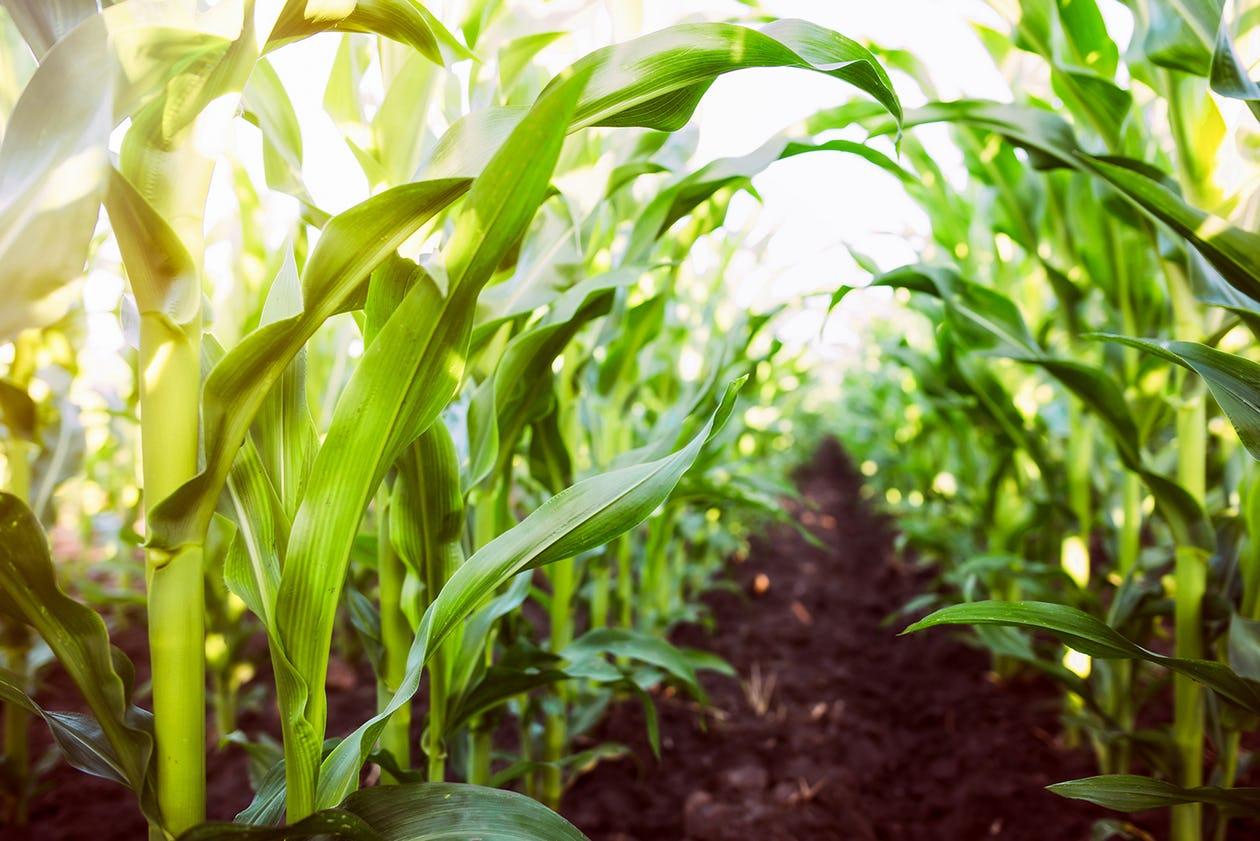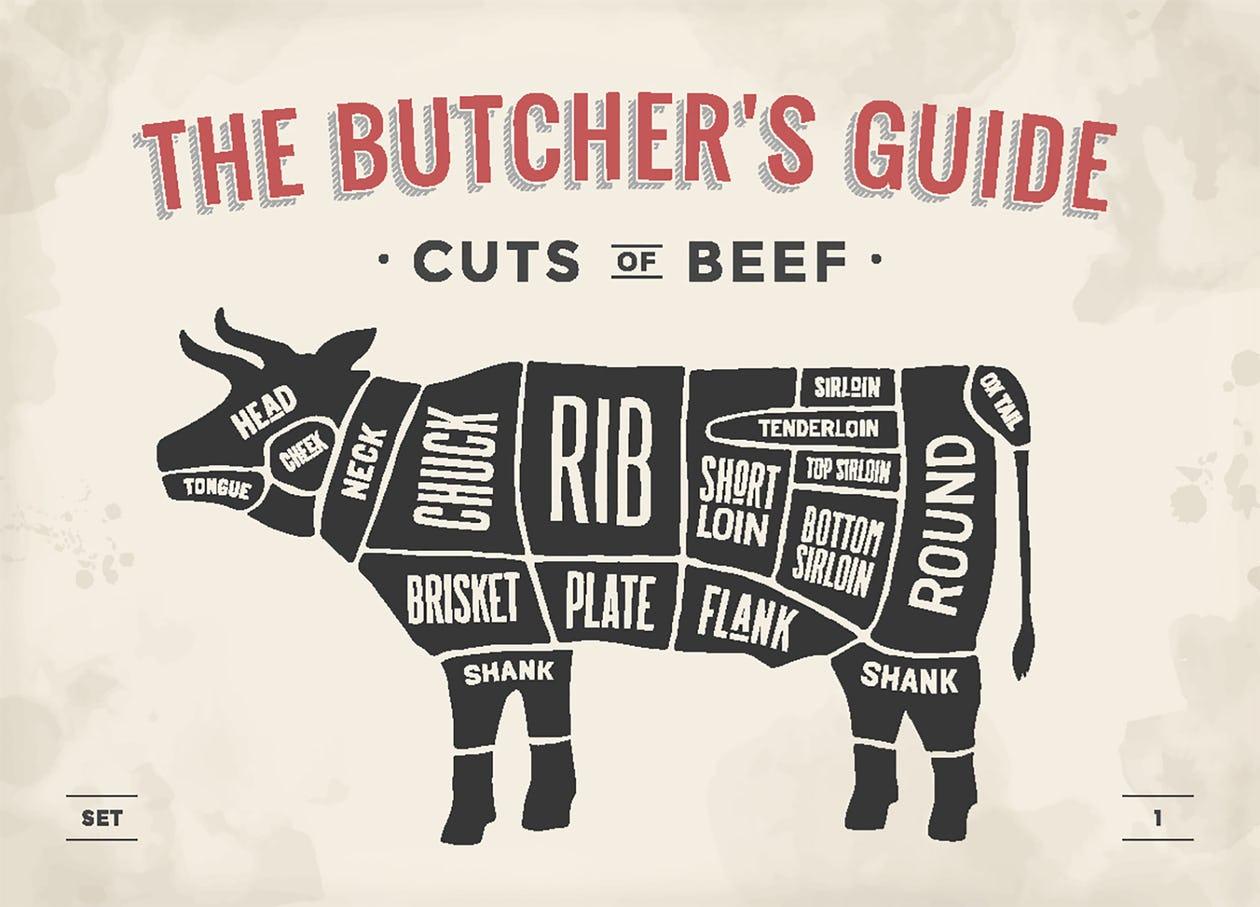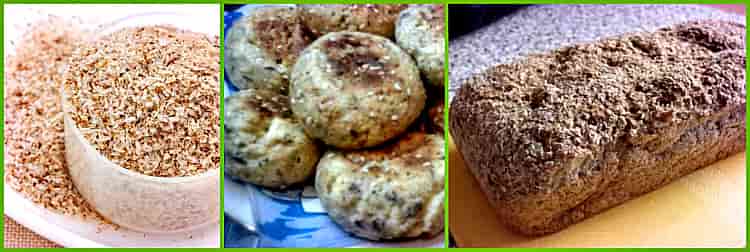Карнивор
Содержание:
The carnivore diet FAQ
I had a lot of questions about the diet and I’m sure you do, too.
No vegetables? Really?
Despite what you’ve been told over and over again since you were a child, vegetables might not be as important as we thought. They certainly have vitamins and nutrients, but they might not be the best source. According to, High Steaks, “they come with plenty of ‘anti-nutrients’ which tend to bind to the same receptors and reduce uptake by the body, or are destroyed by cooking or are unavailable without certain fats.”
Did you experience digestive problems?
I had expected that a diet doesn’t include vegetables or virtually any fiber would cause digestive problems. I’m not going to go into the detail of my experience for obvious reasons, but I will say that the small (far less significant than when I first started on a low-carb diet) disturbances in my digestion that I had been experiencing almost completely went away. And after I stopped the carnivore diet, they came back. In short, no, I didn’t experience any digestive problems.
Don’t you need fiber?
If you’re not eating a lot of junk food, you might not need a lot of fiber. This is a goofy analogy but I’ll use it anyways: Tylenol might be helpful to someone experiencing neck pain, but might not be helpful to someone who’s not experiencing neck pain, or could potentially even cause some negative side effects.
Isn’t red meat bad for you?
Like many things in nutrition, and in life, you have to consider the other variables at play. If you don’t exercise and eat a ton of sugar, and red meat, you’re probably not going to be very healthy. But if you eat red meat, exercise, avoid sugar, and eat other healthy foods, you’ll probably be in pretty good shape.
What about your cholesterol?
There’s debate that meat/fat causes high cholesterol. There are many variables that affect cholesterol, and everything in our bodies for that matter. If you are eating a lot of fat AND sugar, that is very different than eating a lot of fat without the sugar. It could be the sugar that’s causing the problems, not the fat. Correlation does not equal causation. Exercise is another important factor. There’s even debate that cholesterol is bad for you, but I’m not qualified to understand or present those arguments.
Conclusion
I don’t have confidence in the research that’s been done to determine the best nutrition for the average person. I don’t have confidence in the food pyramid OR the carnivore diet. In addition, everyone responds a little bit differently to different foods and has different lifestyles.
We’ll get better data eventually though. There are some really smart people working on this stuff.
In the meantime, an n=1 experiment (trying it for yourself) is a good way to start learning what works for you. Do your own research before starting. Consider your pre-existing health conditions and consult your doctor and a nutritionist before making any major changes. If you decide to try it, measure the results quantitatively and qualitatively.
After the first week, I found it pretty easy to maintain. However, I stopped because I was losing weight, which isn’t a goal of mine. I probably could have changed this by forcing myself to eat larger portion sizes and/or scheduling my meals differently, but, frankly, I enjoy some healthy carbs, such as sweet potatoes, and my blood tests didn’t give me any reason that I needed to give them up. I still maintain a low-carb, high-meat, high-fat diet.
Additional resources:
- Just meat
- Shawn Baker MD
- I cited several sources throughout this article. Those sources cited several more sources. Read those
January 2018Health, Personal Development
Reasons The Carnivore Diet Might Still Be Totally Fing Crazy
If you’ve made it this far into the article, you’re probably realizing that the carnivore diet isn’t as ridiculous as it may at first sound. Nevertheless, there are some compelling reasons to not try it—or at least not follow it for very long—apart from what we’ve already mentioned.
Environmental Impact
It’s safe to say that, if everyone adopted this diet, the world would run out of animals pretty fast. Supporting organic farming practices and eating locally is a noble, smart way to improve the welfare of animals and reduce pollutants, but drastically increasing the demand for meat would undoubtedly have a detrimental effect on the planet—at least while conventional farming methods remain pervasive.
Vegetables Are Still Good
Carnivore dieters blame digestive problems on plants. Grains, legumes, and nuts are indeed sources of phytic acid, an antinutrient that can prevent the body’s absorption of iron and zinc. But according to St. Pierre, the negative impact it has on your nutrition is minimal. “The data on phytic acid, lectins, and tryptin inhibitors is nowhere near as bad as people like to make it out to be,” says St. Pierre. Plants have innate defense systems to discourage predators from eating them, but that doesn’t mean they can’t or shouldn’t be eaten. Similarly, “a lobster has a shell and claws to defend itself, but that doesn’t mean you can’t eat it,” says St. Pierre.
Also, the way we prepare food reduces the potency of the antinutrients within it. When bread is baked with yeast, the phytic acid content in the grains dissipates. Levels are also low in sprouted-grain and sourdough bread. “At the same time,” says St. Pierre, “in reasonable amounts, phytic acid also has some potential health benefits, one of them being anti-cancer, and it can chelate heavy metals.” One such heavy metal, iron, can be toxic in high amounts. And you risk getting such amounts on an all-meat diet.
This isn’t to say that some people aren’t especially sensitive to certain plant foods. If you know one that bothers you, don’t eat it. But it’s probably best not to weed out every bit of vegetation in your diet based on a reaction to one or two types.
Sustainability
The planet isn’t the only thing that could suffer if you go all meat, all the time. You may end up hating life, no matter how cool the idea of eating burgers and bacon all day sounds to you now. A strict animal diet means no beer, no avocados for your Fajita Night… and, in fact, no fajitas at all (tortillas are a no-no). You can bend the rules and have your cheat days, but then you’re not really doing the diet, are you?
Munsey says he didn’t get many cravings on the carnivore diet, but has since added back some plants and the occasional carbs for the sake of long-term health. “I still pretty much follow the carnivore diet because I love the way I feel on it. But it’s really difficult to do when you travel.” If you can’t find high-quality meat on the road, you need to be careful where you eat out. But that can be part of the thrill of going carnivore, too.
“It’s fun to order two rib-eyes and nothing else and see how the waiter reacts,” says Munsey. “I was in an airport and got four hamburger patties and the manager came out to confirm that my order was right. It definitely throws people off.”
Prehistoric carnivores
Predation (the eating of one living creature by another for nutrition) predates the rise of commonly recognized carnivores by hundreds of millions (perhaps billions) of years. The earliest predators were microbial organisms, which engulfed or grazed on others. Because the fossil record is poor, these first predators could date back anywhere between 1 and over 2.7 Gya (billion years ago). The rise of eukaryotic cells at around 2.7 Gya, the rise of multicellular organisms at about 2 Gya, and the rise of mobile predators (around 600 Mya – 2 Gya, probably around 1 Gya) have all been attributed to early predatory behavior, and many very early remains show evidence of boreholes or other markings attributed to small predator species.
Among more familiar species, the first vertebrate carnivores were fish, and then amphibians that moved on to land. Early tetrapods were large amphibious piscivores. Some scientists assert that Dimetrodon «was the first terrestrial vertebrate to develop the curved, serrated teeth that enable a predator to eat prey much larger than itself.» While amphibians continued to feed on fish and later insects, reptiles began exploring two new food types: tetrapods (carnivory) and then plants (herbivory). Carnivory was a natural transition from insectivory for medium and large tetrapods, requiring minimal adaptation; in contrast, a complex set of adaptations was necessary for feeding on highly fibrous plant materials.
In the Mesozoic, some theropod dinosaurs such as Tyrannosaurus rex were probably obligate carnivores. Though the theropods were the larger carnivores, several carnivorous mammal groups were already present. Most notable are the gobiconodontids, the triconodontid Jugulator, the deltatheroideans and Cimolestes. Many of these, such as Repenomamus, Jugulator and Cimolestes, were among the largest mammals in their faunal assemblages, capable of attacking dinosaurs.
In the early-to-mid-Cenozoic, the dominant predator forms were mammals: hyaenodonts, oxyaenids, entelodonts, ptolemaiidans, arctocyonids and mesonychians, representing a great diversity of eutherian carnivores in the northern continents and Africa. In South America, sparassodonts were dominant, while Australia saw the presence of several marsupial predators, such as the dasyuromorphs and thylacoleonids. From the Miocene to the present, the dominant carnivorous mammals have been carnivoramorphs.
Most carnivorous mammals, from dogs to Deltatheridium, share several dental adaptations, such as carnassialiforme teeth, long canines and even similar tooth replacement patterns. Most aberrant are thylacoleonids, with a diprodontan dentition completely unlike that of any other mammal; and eutriconodonts like gobioconodontids and Jugulator, with a three-cusp anatomy which nevertheless functioned similarly to carnassials.
Carnivore Diet Food List
The carnivore diet consists of animal foods alone. As long as the constituents of your meal walked, crawled, flew, swam, or otherwise had parents, they’re fair game (no pun intended). You don’t have to follow any rules as far as food timing, macronutrient breakdowns, or portions. Simply eat when you’re hungry and until you’re full. The following are examples of approved carnivore diet foods.
Meat
Steak, burgers, and red meat in general are the main food sources for carnivore dieters. Because you’re not eating carbs—or any plant foods at all—it’s crucial that you get enough calories to keep your energy up, so fattier cuts of meat are best. Poultry and organ meats are also fine, as are processed meat products such as bacon and sausage.
Dairy
Milk, cheese, yogurt, and butter all come from animals and are technically admissible, although most carnivore dieters seem to omit or at least limit them. This is usually due to people discovering the carnivore diet as an outgrowth of the ketogenic diet, in which milk and yogurt are generally not permitted due to their lactose (sugar) content. (See “What’s The Difference Between The Carnivore Diet and The Ketogenic Diet?” below.)
As one of the goals of a carnivore diet is to eliminate nutrients that your body may not be able to process optimally (see “Carnivore Diet Benefits”), you should experiment with dairy foods one at a time and in small doses to see how you handle them. You may find you feel better with none at all.
Fatty Meat Products
Tallow, lard, and other fat-dense foods derived from meat are greenlit.
Note: Baker doesn’t believe that your food needs to meet USDA organic, pasture-raised or wild-caught standards. However, we do. If you choose to follow the carnivore diet, or consume animal products as a cornerstone of whatever eating philosophy you follow, we strongly suggest that they be of the best quality that you can afford. See our discussion of organic foods in our rebuttal to the documentary What The Health.
Condiments
Salt and pepper are your friends here, as salsa, horseradish, mustard, and various herbs and spices don’t technically qualify. With that said, most sugar-free condiments don’t contain substances that cause digestive problems in most folks, so we don’t see any harm in using them just because they come from plants (especially since people typically enjoy condiments in small servings). With that said, due to its fat content, meat—particularly red meat—is quite flavorful on its own, so you’ll probably find that salt, pepper, or small amounts of butter provide the taste you want without the need for further add-ons.
Supplements
None. Although products such as whey protein and creatine come from animals, there’s virtually no need to supplement with them in this case. Eating animal foods exclusively pretty much guarantees you’ll meet your daily protein needs, and relying on red meat, which is rich in creatine naturally, leaves little reason for further supplementation.
Carnivore dieters who work out do report consuming coffee or caffeine supplements for an energy boost pre-exercise (in spite of the fact that it isn’t an animal product). If you’re concerned that you’re not getting enough micronutrients from your food, a multi-vitamin/mineral supplement may be a good idea.
Does The Carnivore Diet Create Nutrient Deficiencies
The risk of life-threatening illness aside, the carnivore diet—somewhat surprisingly—doesn’t seem to lead to many, if any, serious vitamin or mineral deficiencies. Red meat alone contains copious amounts of iron and zinc, and seafood and dairy supply vitamin D, which usually has to be added to plant foods. The one micronutrient that nutritionists like St. Pierre aren’t sure you’d get enough of is vitamin C, which is otherwise extremely easy to obtain when eating fruits and vegetables.
In rebuttal, carnivore supporters make the argument that, in the absence of carbs, your body may not need much vitamin C, thereby making small intakes sufficient. Stephen D. Phinney, M.D., Ph.D., author of The Art and Science of Low-Carbohydrate Living, has speculated that the ketone beta-hydroxybutyrate—which your body will produce when you remove carbs from your diet—replaces the need for vitamin C, at least in part. On a balanced diet, one of vitamin C’s roles in the body is to form collagen, but Phinney says that the amino acids you get from a large meat intake get the job done without it. Indeed, neither Munsey or Baker have come down with scurvy, and neither have hundreds (thousands?) of other zero-carb dieters at home and abroad—as far as we know.
St. Pierre adds that if you make the effort to eat a diverse range of animal foods—i.e. NOT just rib-eye steaks—you hedge your bets that you’ll get the micronutrition you need. That means venturing beyond lean muscle meats and taking advantage of foods like bone broth and organ meats. That’s what Munsey did. “I was just being extra cautious,” he says. And “organ meats,” he points out, “have more micronutrients than vegetables.”
Characteristics of carnivores
Characteristics commonly associated with carnivores include strength, speed, and keen senses for hunting, as well as teeth and claws for capturing and tearing prey. However, some carnivores do not hunt and are scavengers, lacking the physical characteristics to bring down prey; in addition, most hunting carnivores will scavenge when the opportunity arises. Carnivores have comparatively short digestive systems, as they are not required to break down the tough cellulose found in plants.
Many hunting animals have evolved eyes facing forward, enabling depth perception. This is almost universal among mammalian predators, while most reptile and amphibian predators have eyes facing sideways.
How to Survive the First Month
I faced a few challenges when starting the carnivore diet. I’ll discuss four of those challenges and how I overcame them. By being aware of these potential challenges and having a plan for overcoming them, they will be easier and less stressful to handle if you experience them.
1. Get your blood tested before you start and again a 2-3 months after so that you can measure the effects. Talk to your doctor or a nutritionist before trying anything you read about on the internet :). If/when you decide to try it, take note of any changes in your energy, digestion, weight, etc. Everyone is different. While small samples of people have reported benefits from the carnivore diet, I’m sure there are others who it could cause problems for.
2. The first week was the hardest. Expect fluctuations in your appetite, energy, and focus levels. Get started on a week where you’re not too busy. Work remote. Take time off. Under schedule yourself. Give yourself time to sleep a little more.
3. A few days after I started, I lost my appetite for steak. I’m not sure if it was because I bought a bad cut, or cooked it wrong, but, as you can imagine, not having an appetite for steak while on a diet that consists primarily of steak was pretty challenging. Cheese helped. I ate a lot of it in the first week hah. Keep it stocked in case you need it.
If you’re going to cheat – and I did on that first week – try eating something that’s not too far from the diet, such as peanut butter. While peanut butter is not part of the diet, it’s not as bad for you as something like Twinkies, and it’s really tasty so it can help you overcome cravings for something much worse.
4. Be prepared for swings in your appetite. Some days I would go several hours without being hungry at all. Other days I would randomly be starving for a huge meal at 10am (after eating breakfast), a time when I used to never be hungry. My appetite leveled out after the first few weeks once I found the right portion sizes to eat throughout the day. Until you find yours, make sure you have access to carnivore friendly food throughout the day.
The Carnivore Diet For Humans
Animals with big teeth and short digestive tracts are meant to eat meat. But what about people? We’re omnivores. Is an all-animal diet even possible for us?
According to Brian St. Pierre, R.D., Director of Performance Nutrition at Precision Nutrition, an education and consulting company (precisionnutrition.com), plant foods aren’t absolutely required in the human diet. “What do we actually need to live? We need protein, fat, and vitamins and minerals in certain amounts,” says St. Pierre. Animal foods—and meat, specifically—can arguably cover those needs (see “Does The Carnivore Diet Create Nutrient Deficiencies?” below). That certainly doesn’t mean that we shouldn’t eat plants, but, from a nutrition standpoint, it isn’t vital that we do, at least for short-term health.
The thing is, though, aside from some isolated tribal people in far corners of the world (such as the Inuits of arctic regions), few people have ever tried to live on animals alone. Those who have did so simply because no other sources of food were available. However, the carnivore diet (also called a zero-carb diet) has recently caught fire. And people are following it by choice!
Why? For many of the same reasons people try a ketogenic diet: weight loss, clearer thinking, fewer digestive problems, and a simple approach to eating that lets them consume foods they enjoy. It may also offer performance benefits. Though scrapping all plant foods seems like a severe step, it instantly removes nearly all of the allergens and antinutrients that some people find cause health problems and discomfort, and, as with ketogenic diets, the lack of carbs alone can offer a range of advantages.
With his appearance on the Joe Rogan Experience podcast in late 2017, and his promotion through the website nequalsmany.com and Instagram (@shawnbaker1967), Shawn Baker is the most famous proponent of the carnivore diet. An orthopedic surgeon and lifelong drug-free athlete, Baker is in his 50s, ripped, and a physical marvel, having recently set two indoor rowing world records. He claims to have eaten only animal products—limiting himself mainly to rib-eye steaks—for more than a year, while suffering no ill health effects and watching his gains in the gym soar.
He hosts an ongoing and informal experiment, encouraging anyone who’s willing to follow the diet to record his/her experience with it, but admits that he hasn’t had his own health officially appraised since he started eating animals only. Rogan, in fact, cringed during their interview when Baker confessed that he hadn’t had any blood work done to check where his cholesterol, triglycerides, and inflammation markers rated. Fortunately, other (human) carnivores have been tested.
But before we discuss the health effects of a carnivorous lifestyle, let’s define exactly what it entails.
The Carnivore Diet for Athletes
The ketogenic diet has taken a lot of heat from critics who say that people who exercise must eat carbs to supply fuel, but science has shown that not only is it possible to work out on a low-carb diet, you can even perform at an elite level. But take away ALL carbs and all plant foods and it could be a very different story. The short answer is that we don’t know exactly how a long-term carnivore diet would affect muscle mass, endurance, or overall performance yet. But many carnivore dieters report making some of the best gains of their lives on the plan.
As mentioned above, Shawn Baker is a world-class indoor rowing competitor and deadlifts 700-plus pounds at over 50 years old. He could well be a genetic outlier, but what about Ryan Munsey? Without adding body weight, Munsey made dramatic strength gains on the diet. Below are the improvements he made on his two-rep max in the various lifts he tested. All were accomplished within five weeks of carnivore eating.
Front squat: from 235 pounds to 265Deadlift: from 335 to 375Incline bench press: 205 to 220Weighted pullup: 60 pounds of added weight to 100 pounds
The first week on the diet, Munsey says he felt sluggish and had little motivation to train. But by the second week, he says, he was a “samurai” in the gym. He credits the gains to the increased amount of protein he was eating, as he had been doing a ketogenic diet prior. “With keto, I felt great mentally, but I never felt like doing much physically. On the carnivore diet, I just felt like a warrior.” He was getting 120 to 150 grams of protein per day before when he weighed between 185 and 188 pounds. After adopting a two-to-four-pounds per day meat habit, Munsey estimates his protein intake was between 200 and 300 grams.
It’s worth noting that Munsey did not do cardio, apart from daily walks (he averaged 5,000 steps a day, total). Therefore, it’s difficult to say how he would have fared had he been running, rowing, or doing more metabolically-demanding workouts such as CrossFit. “I think the adaptation period before you would excel again at those activities would be more brutal than what I went through,” says Munsey.
To be fair, Baker claims he needed six months to fully adapt to the diet and get his performance back on track.
“Just because we can live on a carnivore diet,” says St. Pierre, “doesn’t mean we’d necessarily thrive on it. If you’re an intermittent sport athlete, competing in sprinting or something else that requires high output for 60–120 seconds, it would be very challenging to perform well when you’re not eating any carbs. There are people who adapt really well to fat and their performance does improve, but I think performance would suffer for most.” As with any diet, you’ll have to try it and see what happens.
If you are an athlete or gym rat, you may do better to modify the carnivore diet just as we discussed modifying the ketogenic diet HERE. St. Pierre suggests starting by adding some vegetables. “Cruciferous ones like broccoli, cauliflower, and kale would be my vote.” If you find that your workouts are suffering, “maybe that means having the occasional sweet potato or apple,” says St. Pierre.





